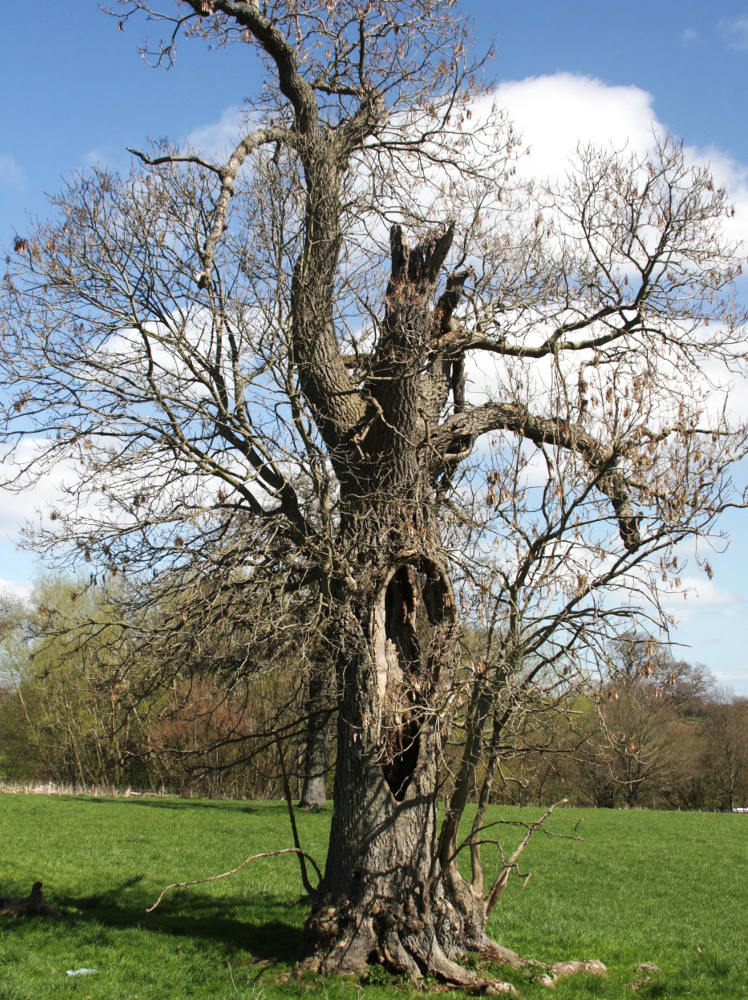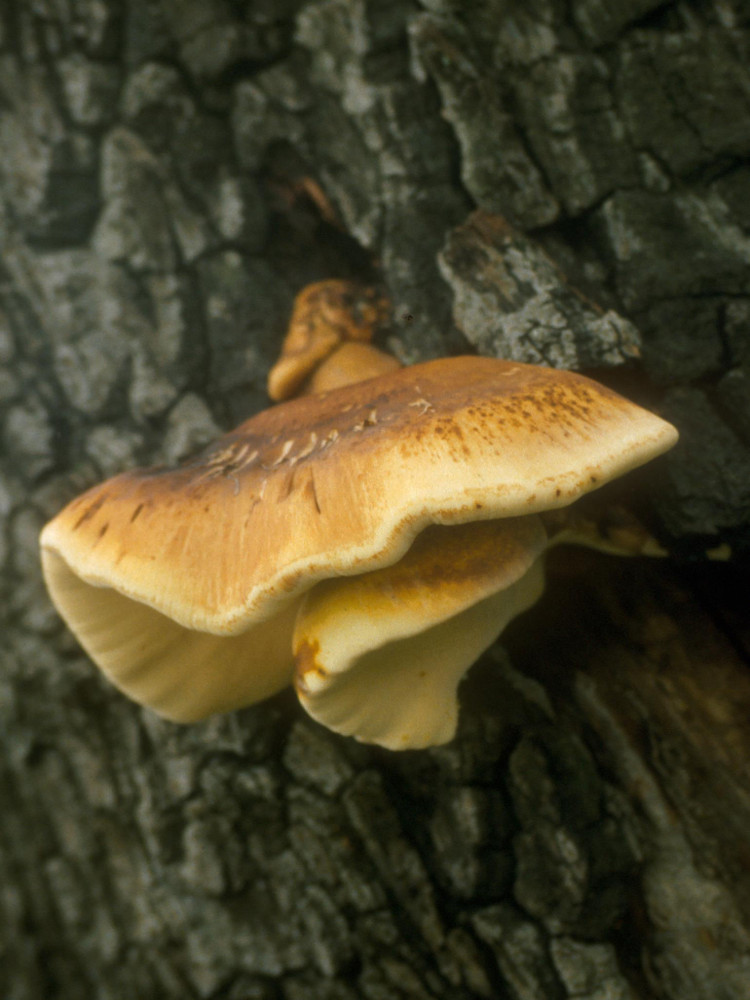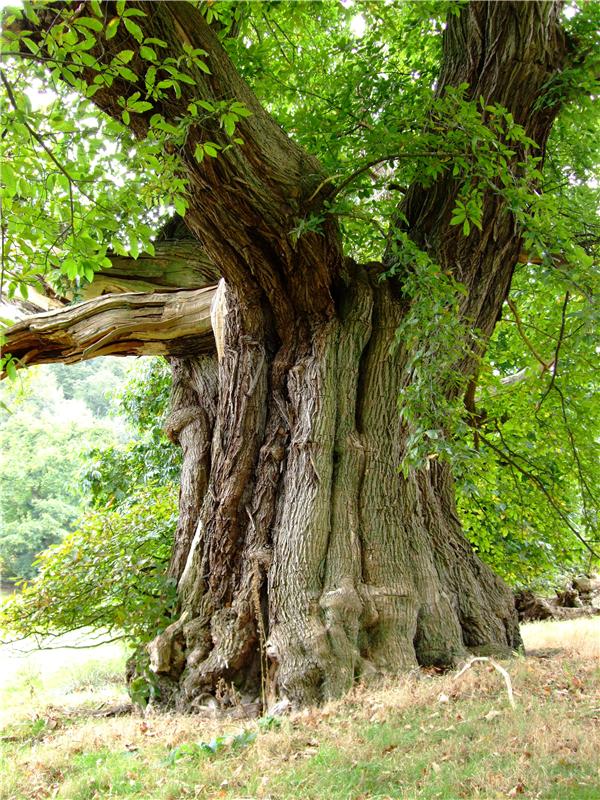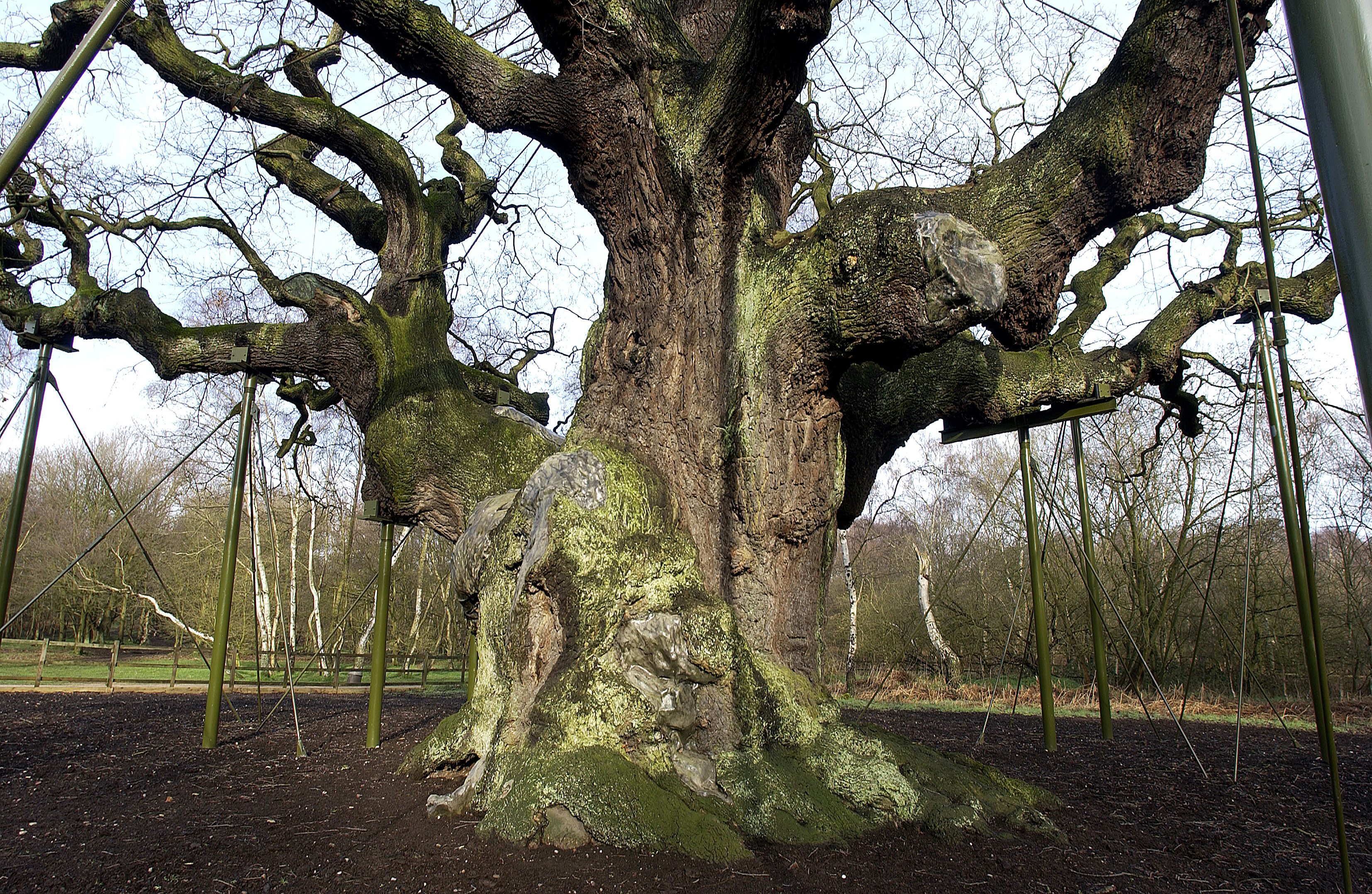Veteran trees
What is a veteran tree?
Ancient trees are veteran trees, but not all veteran trees are old enough to be ancient.
Veteran trees are survivors that have developed some of the features found on ancient trees. However, veteran trees are usually only in their second or mature stage of life.

This veteran ash is showing signs of decay. (Photo: WTML)

Look for fungal fruiting bodies. (Photo: Ted Green/WTML)

There may be some dead wood present such as the branch of this sweet chestnut. (Photo: David Alderman)
You might see signs of decay, fungal fruiting bodies or dead wood, these features may start to appear in the mature stage and also in traditional pollards.
Although veteran trees aren’t as old or complex as ancient trees, they still provide holes, cavities and crevices which are especially important for wildlife.
Read the ancient tree guides to find out more about ancient, veteran and other trees of special interest.

A veteran beech tree. (Photo: David Alderman)

A veteran yew tree. (Photo: David Alderman)
What is a lost veteran tree?
These are trees which have already been recorded, but are later discovered to have been cut down, blown over, collapsed, or otherwise removed, leaving no more than a low stump.
A new tree record can’t be added as a lost tree, although you can record it as a remnant e.g. stump. We use this information to assess the rate of recent loss of our ancient trees.
A tree originally recorded as a standing dead ancient tree remains this until its cut down or is removed; it can then be updated to a lost tree.
Please report or record the reason for loss if known.
